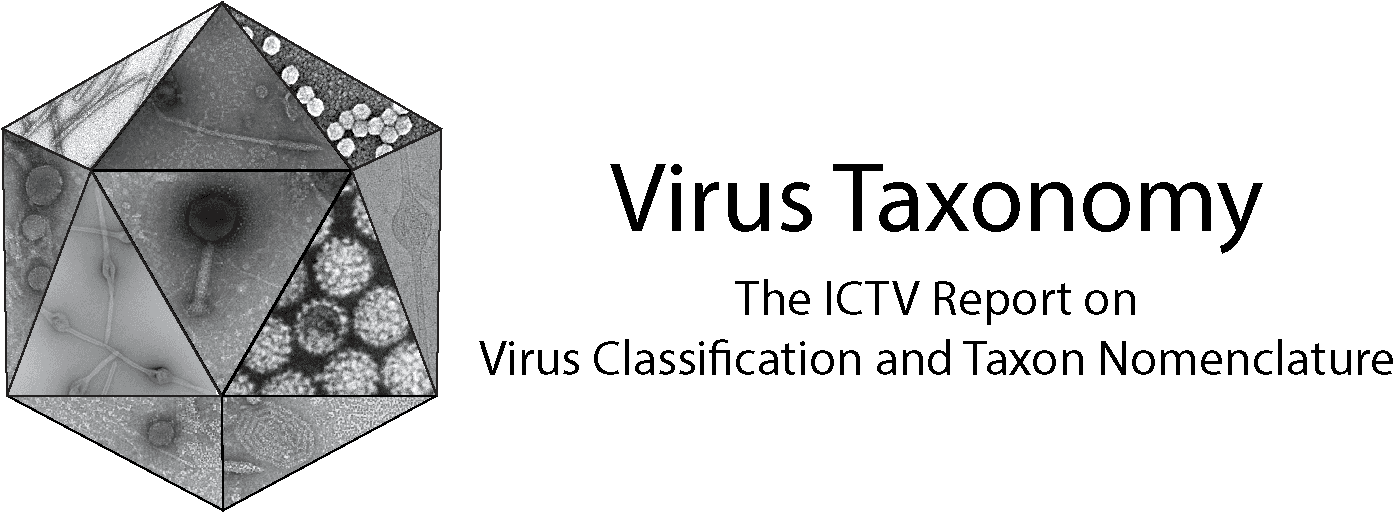Subfamily: Betaherpesvirinae
Genus: Roseolovirus
Distinguishing features
The predicted amino acid sequences of members form a distinct lineage within the subfamily (Figure 1.Betaherpesvirinae).
Virion
See discussion under family description.
Genome organization and replication
Members have a class 1 genome architecture (Figure 2.Orthoherpesviridae). Human herpesvirus 6A (HHV6A in the species Roseolovirus humanbeta6a), human herpesvirus 6B (HHV6B in the species Roseolovirus humanbeta6b) and human herpesvirus 7 (HHV7 in the species Roseolovirus humanbeta7) infect humans and have telomere-like repeats bounding their genomes. HHV6A and HHV6B exhibit genetic adaptations to tissue culture that are similar to, but less extensive than, those described for members of the genus Cytomegalovirus (Tweedy et al., 2017). HHV6A and HHV6B genomes integrated into the human germline have been sequenced (Tweedy et al., 2016).
Biology
Members have mammals as hosts. Those infecting humans are known to infect T lymphocytes productively, but porcine cytomegalovirus (in the species Roseolovirus suidbeta2) has been detected in swine pulmonary macrophages and tonsils. In humans, infection generally causes a mild fever in infants, with HHV6B dominant in the condition of roseola infantum (exanthem subitem), but in some cases infection can be severe and involve neurological disease.
Species demarcation criteria
See discussion under family description.

